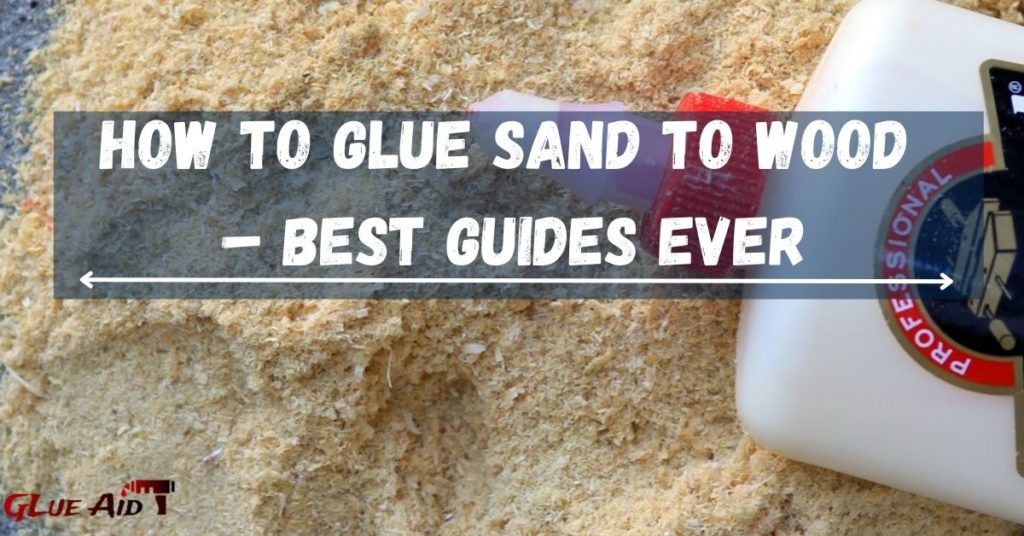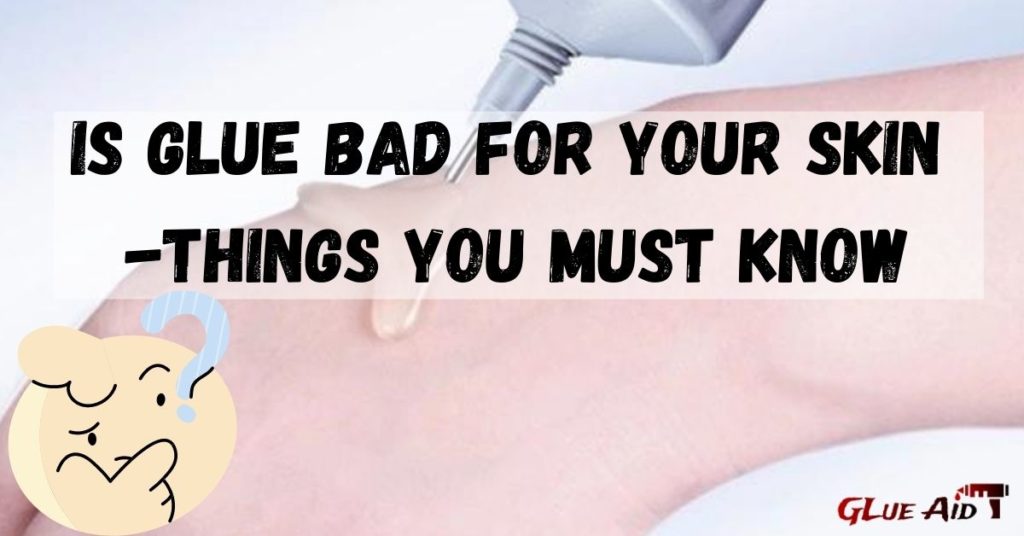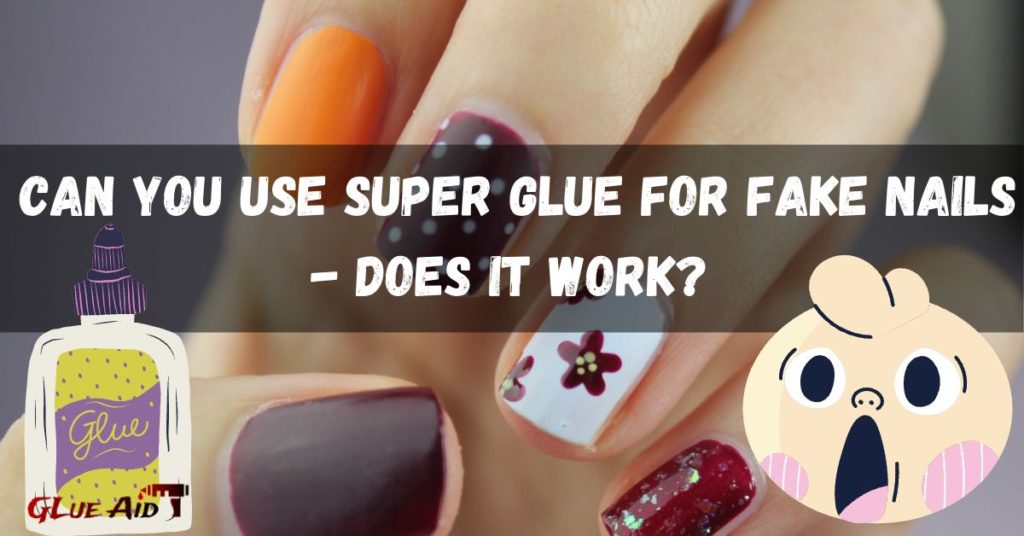Acrylic paint is a popular medium for artists, crafters, and DIY-ers alike because of its versatility and range of colors. However, acrylic paint can be difficult to work with because it dries quickly and is not always permanent. In this blog post, we’ll discuss how can you seal acrylic paint with PVA glue to make it more durable and permanent. We’ll also explore the benefits of using PVA glue as a sealant for acrylic paintings. Stay tuned for more tips on working with this versatile medium!
Table of Contents
What Is Acrylic Paint And Why Is It A Popular Medium For Artists, Crafters, And DIY-ers Alike
Acrylic paint is a type of synthetic resin-based paint made from polymers. It is a popular medium for artists, crafters, and DIY-ers because it is versatile and can be used on a variety of surfaces. Acrylic paint dries quickly and can be mixed with other mediums to create different effects. Additionally, there is a wide range of colors available in acrylic paint, which makes it a popular choice for artists and crafters.
Read Also: Can You Mix PVA Glue With Paint
What Does It Mean To Seal Acrylic Paint?

Sealing acrylic paint is the process of adding a protective layer (or multiple layers) over dried paint. Many artists do this to extend the lifespan of their paintings.
The typical protective covering for an acrylic painting is a semi-gloss or satin varnish. These are applied after the paint has dried and will protect it from fingerprints, UV rays, and dust. Re-varnishing every few years will preserve your painting’s longevity.
Not only does sealing a painting with varnish prevent the buildup of dust, but it also safeguards against fading when exposed to harmful UV light rays.
Moreover, varnish provides paintings with a more complete appearance by making the colors appear richer. It also gives off a semi-glossy sheen to make painting irresistible.
How Can You Seal Acrylic Paint With PVA Glue To Make It More Durable And Permanent

Acrylic paint can be mixed with PVA glue to create a sealant that can be used to protect surfaces from wear and tear. This can be particularly useful for protecting paintwork on furniture, walls, or floors. To make the sealant, simply mix equal parts of acrylic paint and PVA glue together before applying it to the surface you wish to protect. The sealant will need to be left to dry thoroughly before it can be used effectively.
Acrylic paint is a popular choice for both hobbyists and professional artists alike, thanks to its bright colors and versatility. However, one downside of acrylic paint is that it can be prone to chipping and fading over time. One way to help make your acrylic paintings more durable and permanent is to seal them with PVA glue. PVA glue helps to create a tough, protective barrier over the paint surface, which can resist scratches, fading, and other damage. Best of all, sealing acrylic paint with PVA glue is a simple process that anyone can do at home. Just brush on a thin layer of glue over the surface of the painting, let it dry, and your artwork will be better protected against the elements.
How To Make Paint Varnish Using PVA Glue?

PVA glue can be used to make a simple and effective paint varnish. To do this, simply mix together equal parts of PVA glue and water in a bowl. Once the glue has dissolved completely, brush it over the surface of the painting using a soft-bristled brush. The varnish will dry clear, creating a protective layer that can help to resist fading and damage. For best results, apply several thin coats of varnish rather than one thick one. You can also add a small amount of liquid soap to the mixture, which can help to prevent bubbles from forming on the surface of the painting.
PVA glue is a versatile substance that can be used for a variety of different purposes, including sealing and protecting paintings. When used correctly, PVA can help to prolong the life of your artwork and keep it looking its best for years to come. So, next time you’re finishing up a painting, consider using PVA glue to give it an extra layer of protection.
If you’re an artist on a budget, making your own paint varnish is a more affordable and effective option than purchasing it. All you need is PVA glue.
PVA glue is perfect to use as a varnish because it dries completely transparently, meaning it will not change the colors of your painting. In addition, PVA glue provides a strong protective layer that won’t fade with time.
What Are The Benefits Of Using PVA Glue As A Sealant For Acrylic Paintings
PVA glue can help to prolong the life of your artwork and keep it looking its best for years to come. So, next time you’re finishing up a painting, consider using PVA glue to give it an extra layer of protection.
Sealing your painting with PVA glue can help to resist fading and damage. Best of all, sealing acrylic paint with PVA glue is a simple process that anyone can do at home. Just brush on a thin layer of glue over the surface of the painting, let it dry, and your artwork will be better protected against the elements.
PVA glue is also more affordable than purchasing varnish from a store. In addition, PVA glue provides a strong protective layer that won’t fade with time. So, if you’re an artist on a budget, making your own paint varnish is a more affordable and effective option than purchasing it. All you need is PVA glue.
Tips On Working With Acrylic Paint
- Use a primer: A layer of gesso can help your colors to pop and prevent them from sinking into the canvas.
- Choose the right brush: Synthetic brushes are best for acrylic paint, as natural bristles can absorb the moisture from the paint and become misshapen.
- Paint in thin layers: Acrylic paint dries quickly, so it’s best to work in thin layers rather than trying to cover the entire canvas at once.
- Add mediums: Mixing acrylic paint with a medium can help to extend its drying time, making it easier to work with. Mediums can also add interesting effects to your paintings.
- Clean your brushes promptly: Acrylic paint can be difficult to remove from brushes, so it’s important to clean them promptly after use. Use a mild soap and warm water to gently scrub the bristles, then rinse well and allow the brushes to air dry.
FAQs About Can You Seal Acrylic Paint With PVA Glue?

Can You Use PVA Glue To Seal Paint?
Polyvinyl acetate (PVA) glue is a white liquid that is commonly used for school projects and crafts. It is made from polyvinyl alcohol and acetic acid. PVA glue is water-soluble, but it becomes insoluble when it dries. This makes it an ideal material for sealing paint. When the glue dries, it forms a strong bond with the paint, creating a seal that will prevent the paint from peeling or chipping.
Can I Use Glue To Seal Acrylic Paint?
Given the properties of acrylic paint, it is feasible to use an adhesive such as glue for sealing purposes. The adhesive must possess sufficient strength to bond the layers together, while also exhibiting a level of flexibility that allows for thermal expansion and contraction due to different temperature changes. Additionally, the glue should be non-toxic and not cause any chemical reaction that would alter or discolor the paint.
What Can I Seal Over Acrylic Paint With?
The use of acrylic paint poses a unique challenge when it comes to sealing due to its quick drying time and the potential for a surface that is not conducive to the application of conventional sealants. However, it is possible to utilize a specialized sealant product specifically designed for acrylic paints in order to protect the finished product from fading or deteriorating over time.
How Do You Seal Acrylic Paint?
In order to successfully seal acrylic paint, one must ensure that the underlying surface is properly prepared and clean. This provides good adhesion between the paint and any sealing medium applied. Once the surface is ready, an appropriate sealer can be applied over the entire painted area. It is important to use a sealant that is compatible with acrylic paints, such as polyurethane or a water-based varnish.
What Is The Strongest Glue For Acrylic?
The strongest glue for acrylic is a two-part epoxy, such as the type designed specifically for adhering acrylic to other surfaces. This type of adhesive forms an incredibly strong bond between the two substrates, making it suitable for many applications. Additionally, two-part epoxies are often heated and water-resistant, making them ideal for outdoor applications where environmental factors pose a risk.
Conclusion
PVA glue can be a useful and effective sealant for acrylic paint. It is easy to use, inexpensive and provides a tough and durable coating. However, it is not ideal for sealing exterior surfaces because it does not offer adequate UV protection. Additionally, the glossy finish of PVA glue may obscure the colors of your artwork. If you are looking for an outdoor sealant, other options such as polyurethane or varnish are better suited for this purpose.




